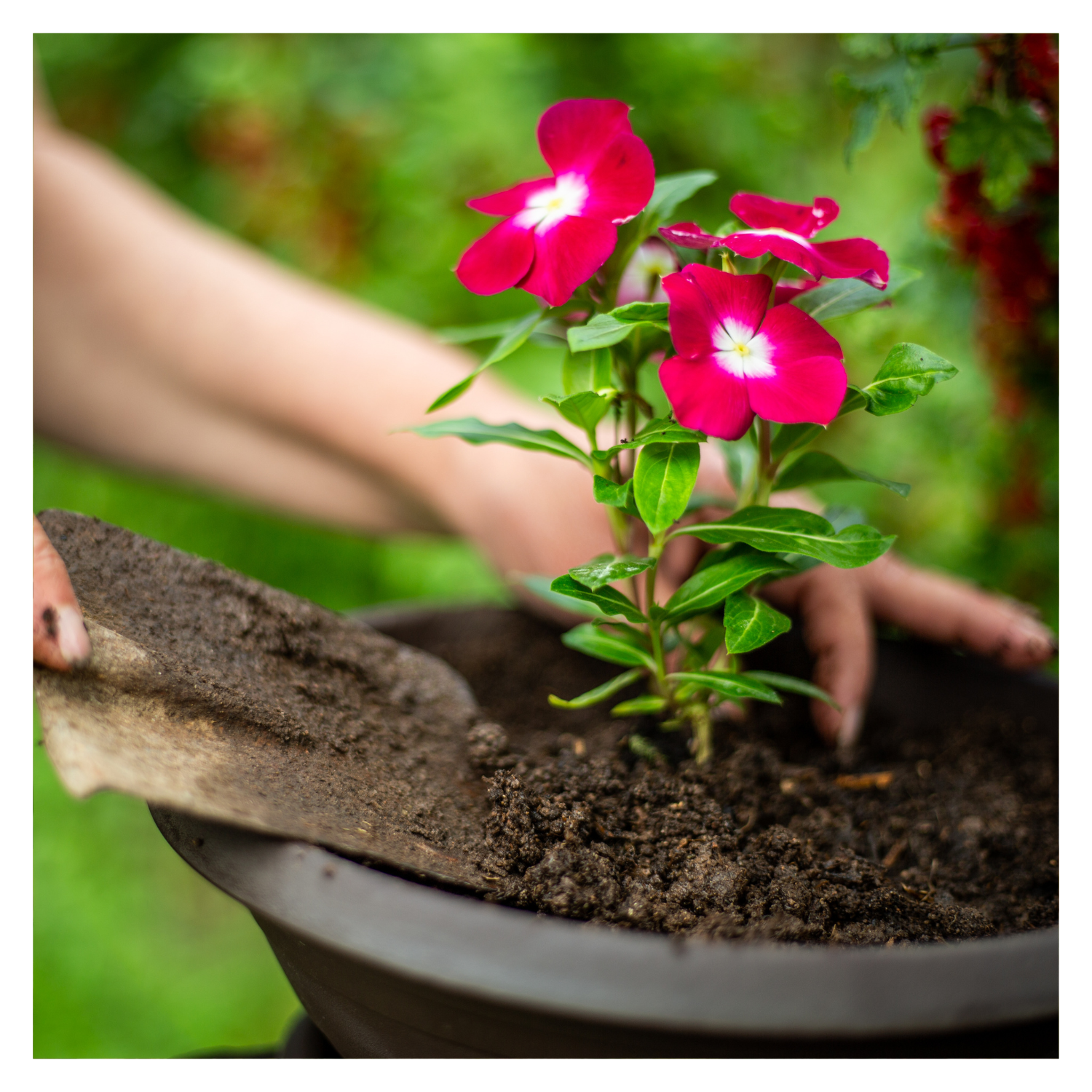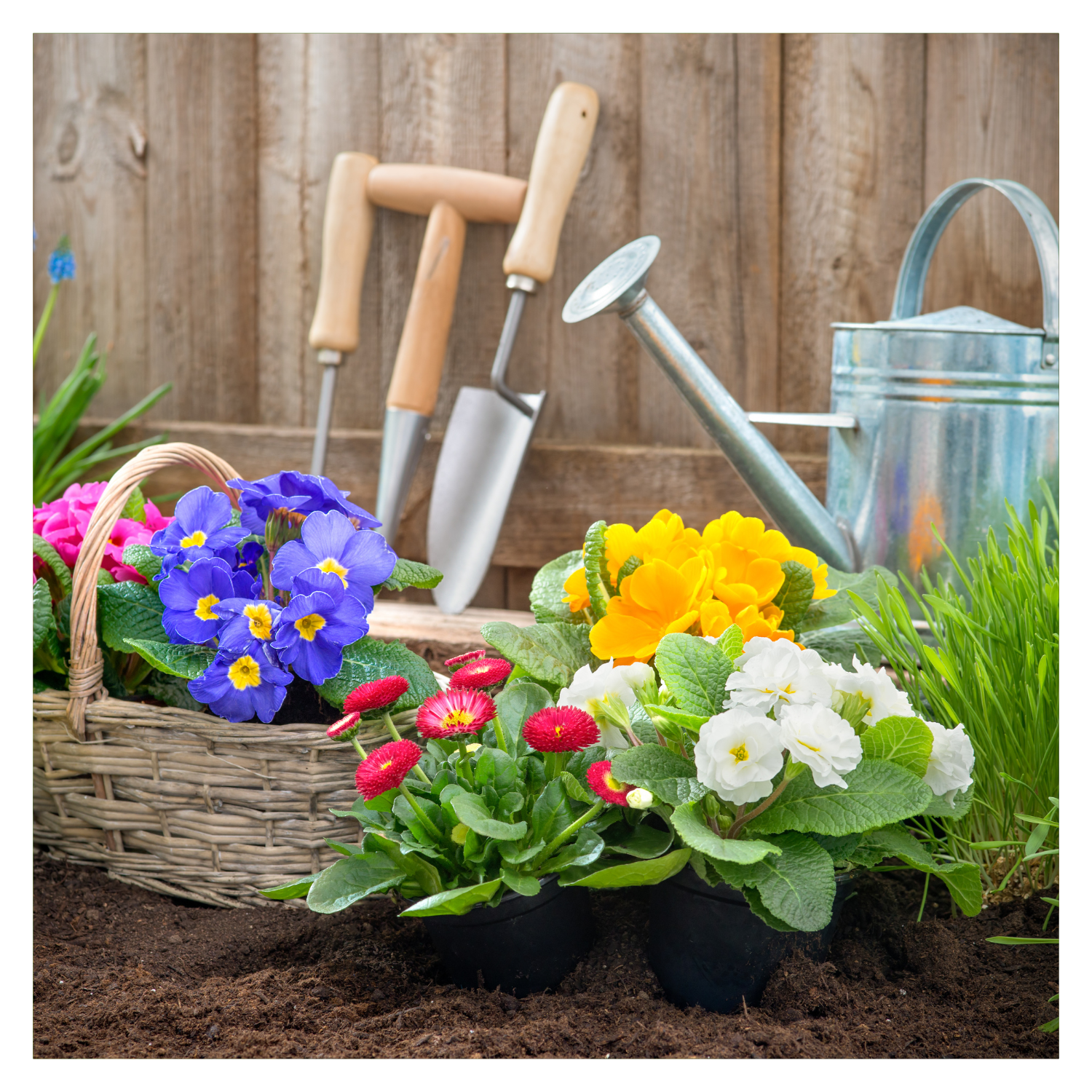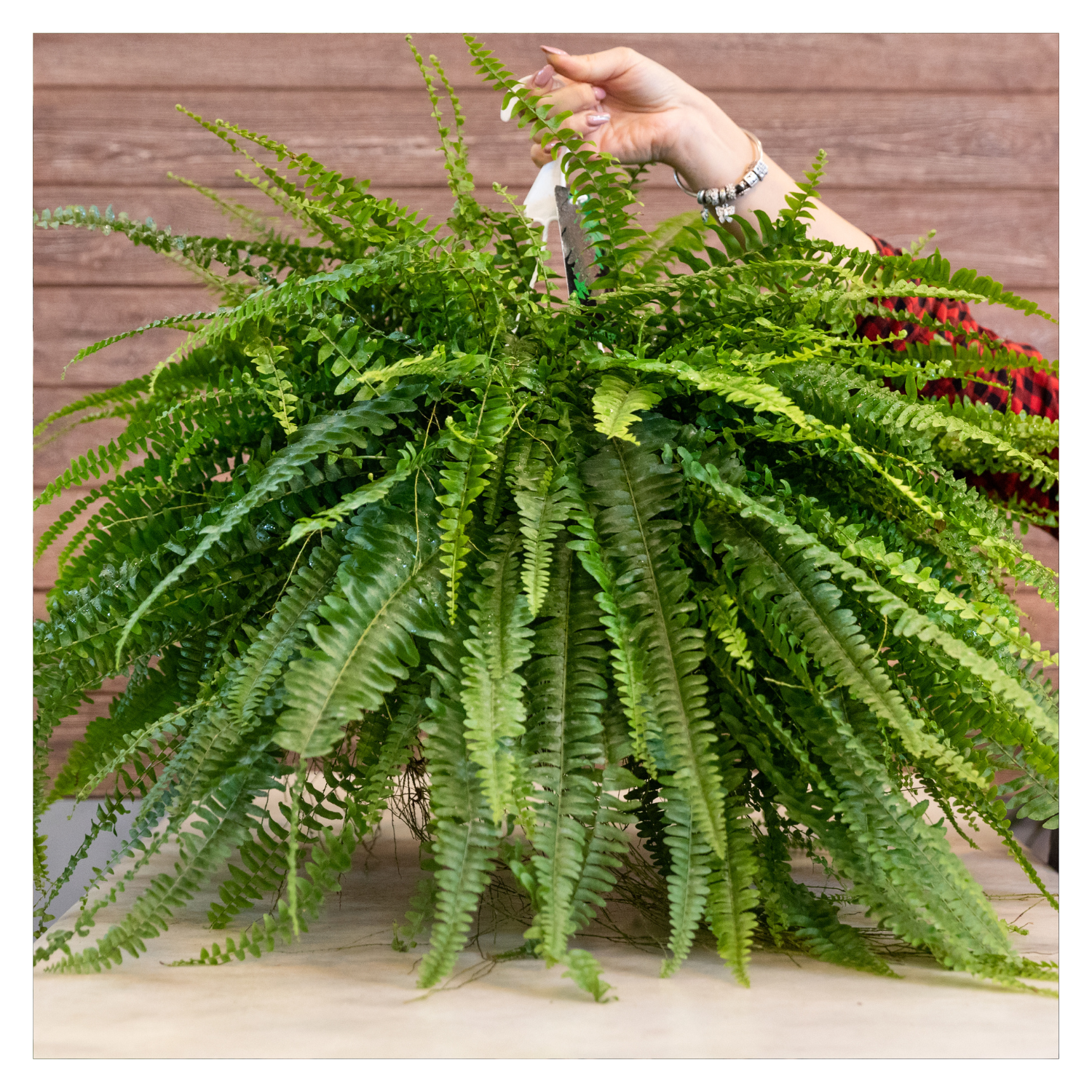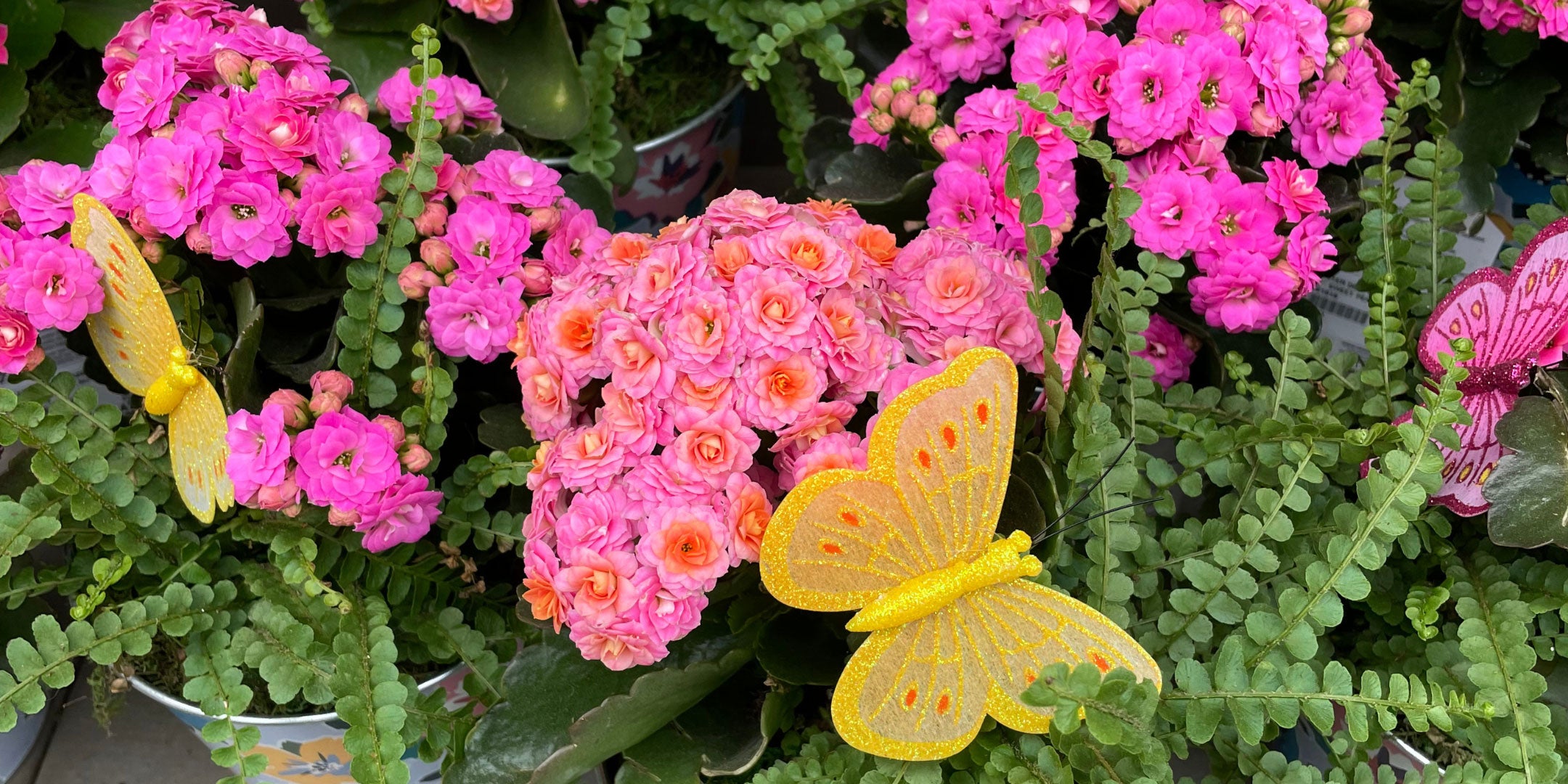Give Your Plants a Healthy New Start This Season
As the snow melts and the soil begins to thaw, many gardeners are eager to get their hands in the dirt. Spring is one of the best times to transplant trees, shrubs, perennials, and annuals—especially here in Sault Ste. Marie, where our growing season is short and sweet. Whether you're moving a mature lilac or rehoming a patch of hostas, proper timing and technique will help ensure your plants thrive in their new home.
Transplanting Existing Trees and Shrubs
Existing small trees and shrubs should only be transplanted while dormant—either in early spring before bud break or in mid to late fall, once leaves have changed colour and dropped. In our area, late April to early May is typically ideal for spring transplanting.
For established trees like Amur Maple (Acer ginnala) or Common Lilac (Syringa vulgaris), start the process a season in advance with root pruning. This involves severing roots in a circle around the plant to encourage the growth of new feeder roots.
- Fall (Year One): Trace a wide circle around the base of the tree and slice through the roots in two opposite quadrants.
- Spring (Year Two): Sever the remaining two quadrants, prompting the tree to develop a dense, fibrous rootball.
- Fall (Year Two): Move the tree with minimal shock by following the steps below.
Steps for Successful Transplanting:
- Make sure the soil is moist before digging. Water the soil around the plant thoroughly a day before transplanting to ensure the root ball remains intact.
- Prepare the new planting hole first—dig it as deep as the root ball and twice as wide. Apply bone meal to the bottom of the hole to encourage root growth.
- Use 2/3 native soil and 1/3 compost or planting mix to backfill.
- Dig around the plant, maintaining as much of the root ball as possible. For clay soil, the root ball should stay intact. For sandy soil, use burlap to support the roots during the move.
- When planting place the plant in the new hole, ensuring it's at the same depth as before. Backfill with a mix of native soil and compost (two-thirds native soil to one-third compost).
- Water deeply and consider using a transplanting solution with mycorrhizal fungi to help with nutrient absorption. Water thoroughly after planting to eliminate air pockets and ensure good soil-to-root contact.
- If the transplanted tree is top-heavy or in a windy location, stake it to provide stability during its first growing season.
Native and hardy shrubs like Red Osier Dogwood (Cornus sericea) and Ninebark (Physocarpus opulifolius) handle transplanting well when these steps are followed.
Moving Other Perennials
Perennials benefit from being divided and transplanted in spring when new growth is just beginning. This is especially true for spring and summer bloomers like:
- Hostas
- Daylilies (Hemerocallis spp.)
- Bee Balm (Monarda didyma)
- Coneflowers (Echinacea purpurea)
To divide perennials:
Timing: Divide perennials when the weather is cool and the ground is moist, typically in early spring. An overcast day is ideal to prevent roots from drying out.
Method:
- Dig Up the Plant: Carefully lift the entire clump from the ground.
- Divide: Using a sharp spade or knife, split the clump into smaller sections, ensuring each has several healthy shoots and a portion of the root system.
- Replant: Plant the divisions promptly at the same depth they were growing previously, spacing them appropriately to allow for growth.
- Watering: Water the new plantings thoroughly and keep the soil consistently moist until the plants are established.
- Mulching: Mulch to retain moisture, but ensure you leave a 2-to-3-inch gap away from the base of the plant to avoid stem rot.
Plants like Solomon’s Seal (Polygonatum biflorum) and Wild Columbine (Aquilegia canadensis), both native to our region, also divide well in early spring.
Annuals and Tender Transplants
While annuals are generally planted, not transplanted, there are some exceptions—especially for those started indoors or purchased in cell packs. Wait until all danger of frost has passed (usually late May in Sault Ste. Marie) before moving marigolds, zinnias, or petunias into garden beds.
When transplanting:
- Harden off seedlings by gradually exposing them to outdoor conditions over 7–10 days to reduce transplant shock.
- Loosen the soil in the designated planting area and incorporate compost to provide nutrients.
- Follow spacing recommendations to ensure adequate air circulation, reducing disease risk.
- Transplant on a cloudy day or in the evening in late May or early June.
- Water well before and after planting, and consider using a gentle transplanter solution to minimize stress.
Final Tips for a Smooth Move
- Always water deeply after transplanting.
- Mulch around the base of trees, shrubs, and perennials to keep the soil moist and temperature stable.
- Stake young trees if necessary, especially in exposed locations.
- Avoid fertilizing heavily right after transplanting—focus instead on soil structure and moisture.
Whether you're relocating a prized Ivory Silk Lilac, rejuvenating a tired Echinacea patch, or planting out your favourite annuals, spring transplanting is a rewarding way to refresh your garden. Transplanting is a vital gardening task that, when done correctly, can lead to a thriving and vibrant garden. By understanding the specific needs of trees, shrubs, perennials, and annuals, and by paying attention to local climate conditions, you can ensure successful transplantation. Remember to consider factors such as plant dormancy, soil preparation, and post-transplant care, including appropriate watering, mulching, and staking when necessary.
Additionally, be mindful of the local wildlife and environmental conditions, choosing native or well-adapted species that will thrive in your garden's unique ecosystem. With a little care and patience, your plants will be ready to grow strong all season long.




